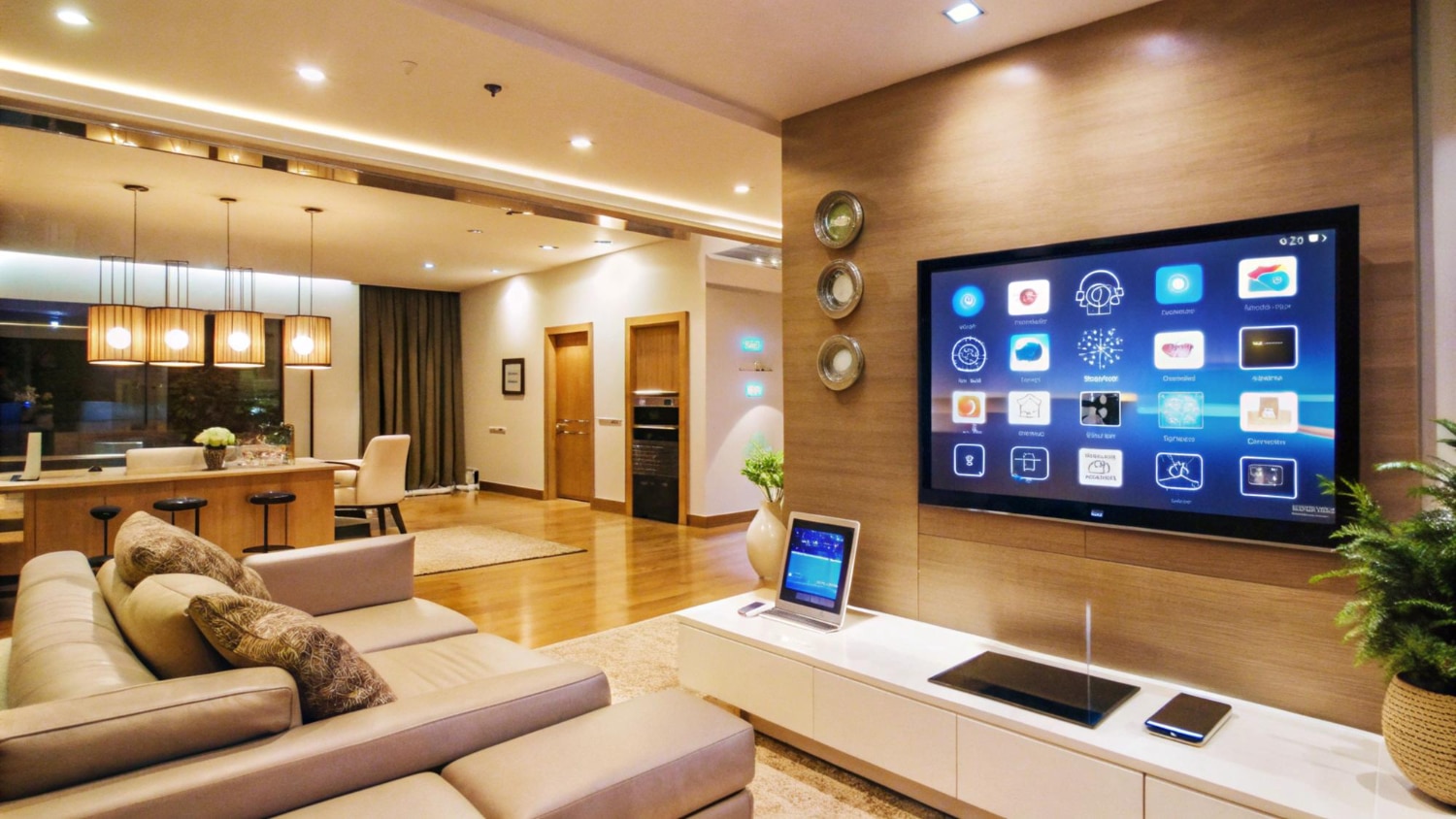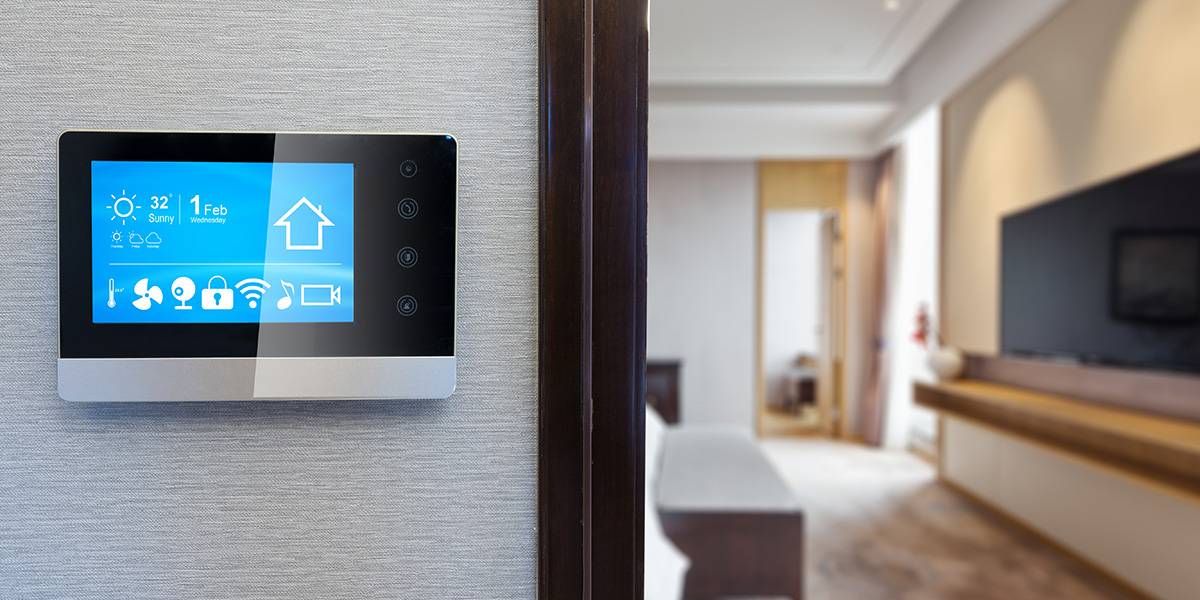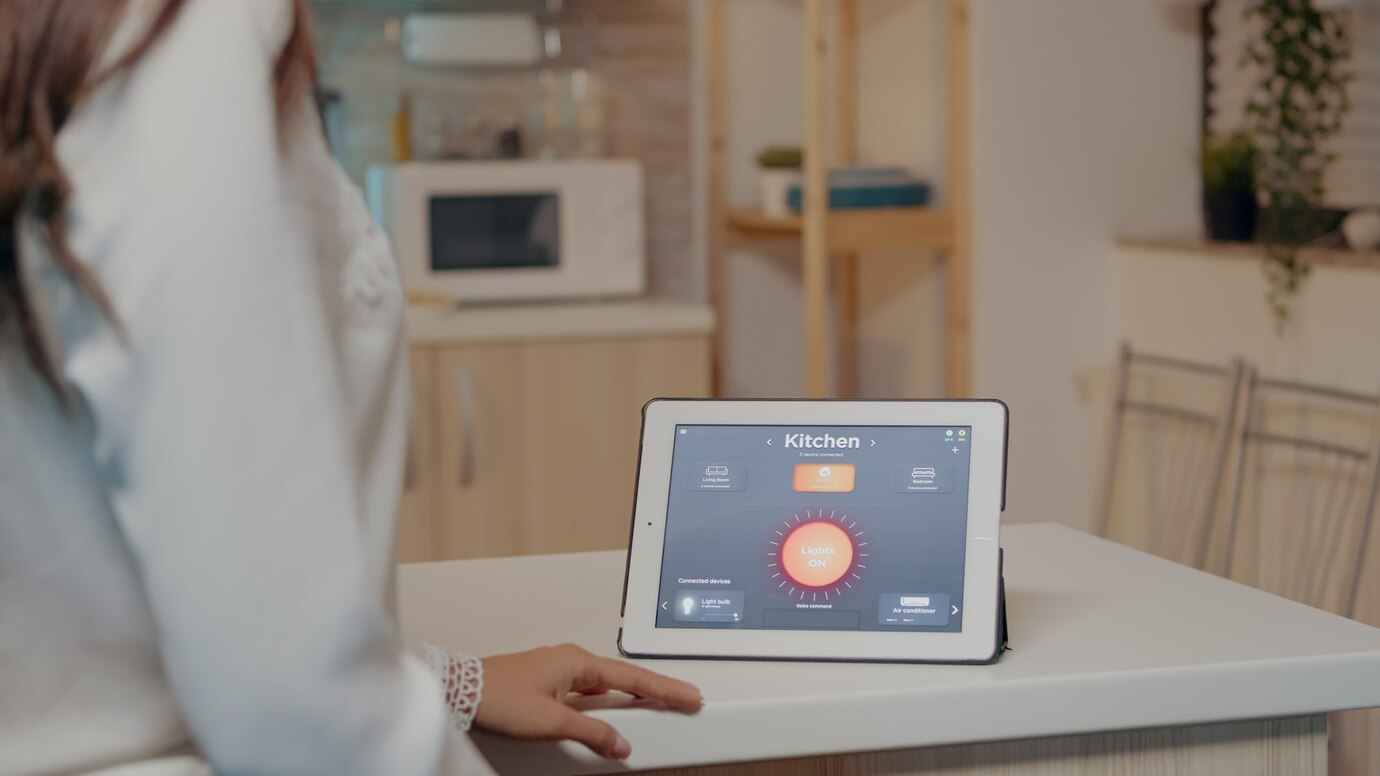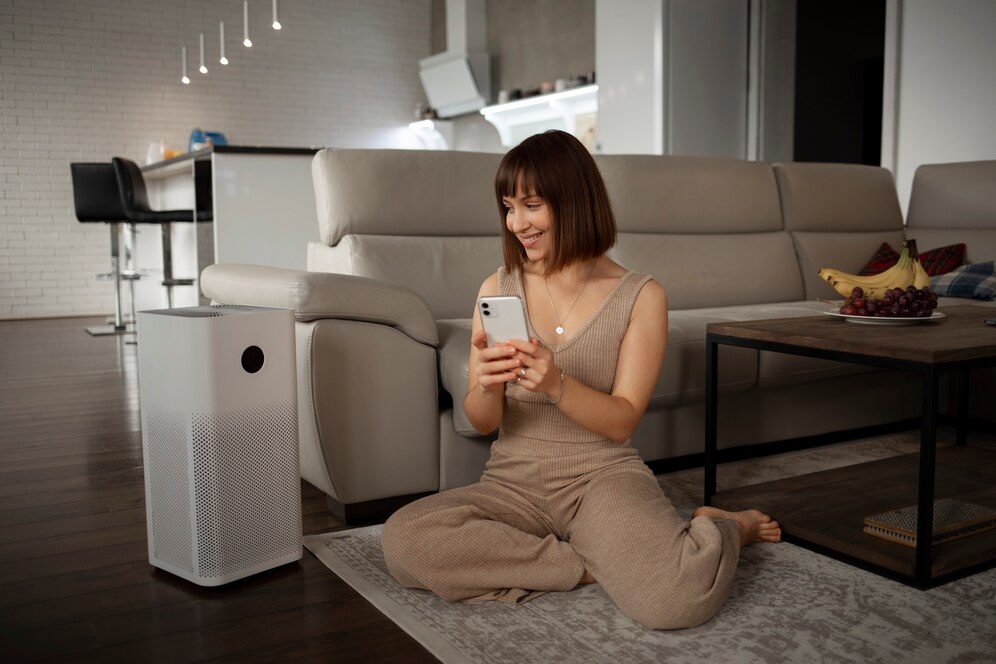
The Top Smart Home Trends for 2025
2025 Is Less Than Two Years Away – How Will Smart Homes Evolve? The technology of the future is no longer fiction — it’s becoming our everyday life. Home automation has moved on to something more than convenience. This results in a rich experience with tech predicting our needs and making our lives easier. In this blog we will discuss the best smart home gadgets for 2025! We’ll cover how these innovations will change our lives, from AI-powered tech to the coolest gadgets.
Key Benefits of Smart Home Innovations

Understanding smart home gadgets is important for homeowners and industry experts alike. These advancements offer more than convenience. They promise better security, energy savings, and an easier lifestyle. AI-powered technology is changing how we interact with our homes, making them intuitive.
Why It Matters
The smart home industry is growing fast, driven by tech advances and consumer demand. A Statista report predicts the global smart home market will hit £158 billion by 2025. This growth comes from the increasing use of home automation trends that are changing our lives.
We already see real-life examples of these trends. Smart thermostats help homeowners cut energy use by learning habits and adjusting settings. AI-powered tech enables voice-activated controls, making daily tasks easier. In health-care, smart solutions like wearables and remote monitoring are changing at-home medical care.
Step-by-Step Guide to Embracing Smart Home Trends

If you want to integrate these trends, a structured approach helps. Here’s a step-by-step guide to navigating smart home technology.
Step 1: Assess Your Needs
Start by evaluating your needs and preferences. Think about security, energy efficiency, entertainment, and convenience. Do you want to monitor your home remotely? Are you looking to lower energy bills? Identifying these priorities helps you pick the right gadgets.
Step 2: Research Top Home Automation Trends
Stay updated on the latest smart home innovations. Follow tech blogs, attend events, and engage with online communities to learn about emerging trends. Look into devices that fit your goals, such as smart locks for security or AI lighting systems that adjust based on occupancy. This knowledge will help you make informed choices.
Step 3: Invest in AI-Powered Home Tech
AI-powered tech is a game-changer. From smart speakers that manage tasks to adaptive lighting systems, these devices offer great convenience. Consider investing in AI solutions that fit your needs. For instance, AI fridges track expiration dates and suggest recipes, while smart beds monitor sleep and adjust firmness.
Step 4: Prioritise Security
Security is crucial in any smart home. As more devices connect, the risk of cyber threats grows. Make sure your devices have strong security features like encryption and two-factor authentication. Regularly update software to protect against vulnerabilities. Also, think about AI-driven cameras that can distinguish between familiar faces and strangers.
Step 5: Plan for Integration
Seamless integration is vital for maximising smart home benefits. Choose devices that work well together and can be controlled from a central hub or app. Platforms like Amazon Alexa, Google Home, and Apple HomeKit sync multiple devices for a smoother experience. This integration simplifies management and enhances user experience.
Additional Expert Tips & Common Mistakes to Avoid
As you start your smart home journey, be aware of best practices and pitfalls. Here are some expert tips:
Best Practices
- Customisation: Tailor your smart home to your needs. Customisation optimises functionality and user experience. For example, setting different lighting moods for various times improves comfort.
- Regular Maintenance: Keep your devices in good shape with regular updates. This ensures longevity and reliability. Outdated software can create security risks, so stay timely with updates.
- Energy Efficiency: Focus on energy-efficient solutions to lower your carbon footprint and utility bills. Smart thermostats, motion-sensor lighting, and automated shades can cut energy use significantly.
Common Mistakes
- Overcomplicating Setup: Avoid the urge to complicate your setup with too many devices. Start with a few key gadgets and expand as you get comfortable. Overloading can lead to confusion.
- Ignoring Compatibility: Ensure all devices work together to avoid integration issues. Incompatible devices can be frustrating. Always check compatibility before buying.
- Neglecting Security: Never overlook security. Prioritise strong measures to protect your data. Weak passwords and unsecured networks can leave your smart home vulnerable.
Advanced Insights & Expert Recommendations
To gain an edge in the smart home field, consider these insights:
- Voice-Activated Systems: These systems are popular for their ease of use. Invest in devices with voice control for a hands-free experience. AI assistants can manage schedules, control devices, and provide weather updates.
- Predictive Technology: This tech learns user behaviour and anticipates needs, offering a personalised experience. AI HVAC systems can adjust temperatures based on patterns, ensuring comfort and energy savings.
- Sustainability: Eco-conscious consumers seek sustainable options. Choose devices that support a green lifestyle, like solar-powered gadgets and energy-efficient appliances. Smart irrigation can help conserve water in gardening.
- Smart Home Healthcare Solutions: Smart homes are expanding into healthcare. Devices like fall-detection sensors and telehealth setups improve care for the elderly and chronic patients.
Embracing the Future of Smart Homes

The smart home of 2025 and beyond looks bright. These trends reflect a growing desire among homeowners to create a more convenient, secure, and efficient way of life. There are many possibilities, whether they invest in gadgets or do an analysis of automation trends.
Whether you are starting out on your smart home journey or looking to expand your smart home, remember to put your needs first, stay informed on the latest innovations, and more importantly, security. The future is now—let’s lean into it.
Are you ready to turn your space into a smart home? Leave your comments and experiences in the comments section below. Let’s explore the future together!


